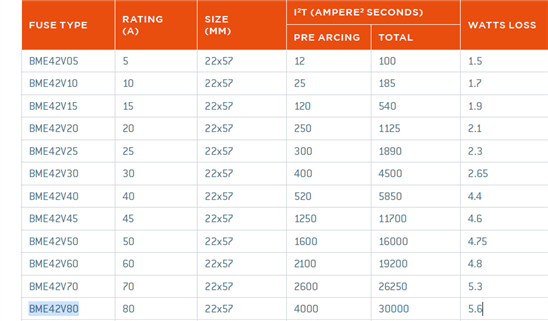I've had a read over the topics on here that sound similar or related. Most were from some time ago and none really get to what I'm aking about.
I've been down the arc flash and arc flash ppe rabbit hole on and off for several years now and never really got to grips with it and never really come to any final conculasions.
I work on ships (mostly, for now) and because I've often worked though agencies I end up on a variey of different ships with a veriety of differnt standards when it comes to procedures and equipment (ranging as far as on ship I joined not even having any Lock out/Tag out equipment).
While I understand and totally agree with the 'don't work live iunless absolutely unavoidable' Electrical Safety at Work directive etc. unfortunately there are times when it is not practicable to do this and maintenance is done when there is live conductors within the same enclosure.
Based on that, and the 'never knowing what you'll find when you arrive' scenario, is there any recomendations on arc rated ppe that would be good to carry, or if in doubt, it wouldn't be a bad start to wear this?
I know this is far from ideal, and realystically these hazards should either be designed out or an arc flash studdy carried out to know exacely what is what with a risk assessment based on known hazards to reduce the risks before PPE comes into play. On new ships nowadays (as I'm sure it is on land based installations) this is being done, but I've been on a lot of older ships that were built before this was probably even thought about. We risk assess the job before doing it, and reduce whatever we possibly can.
I'm also looking to pick up some more contracting work, at which point the provision of PPE and risk assesments/method statelments falls to me. So I want to make sure that I'm doing the best I can and not taking any unnecissary risks.
My current list of research to follow up on is:
The IET Arc Flash Risk Management paper
The European Arc Flash Safety Guide book
and the ea-guide.com website.
(Note - I hope this hasn't come across as though I take working live lightly and/or that its done or PPE is uesd as a first resort. I'd just like to have ensible conversation about this topic to help improve my safety standards in the right way)
